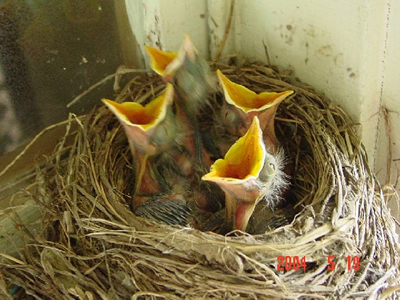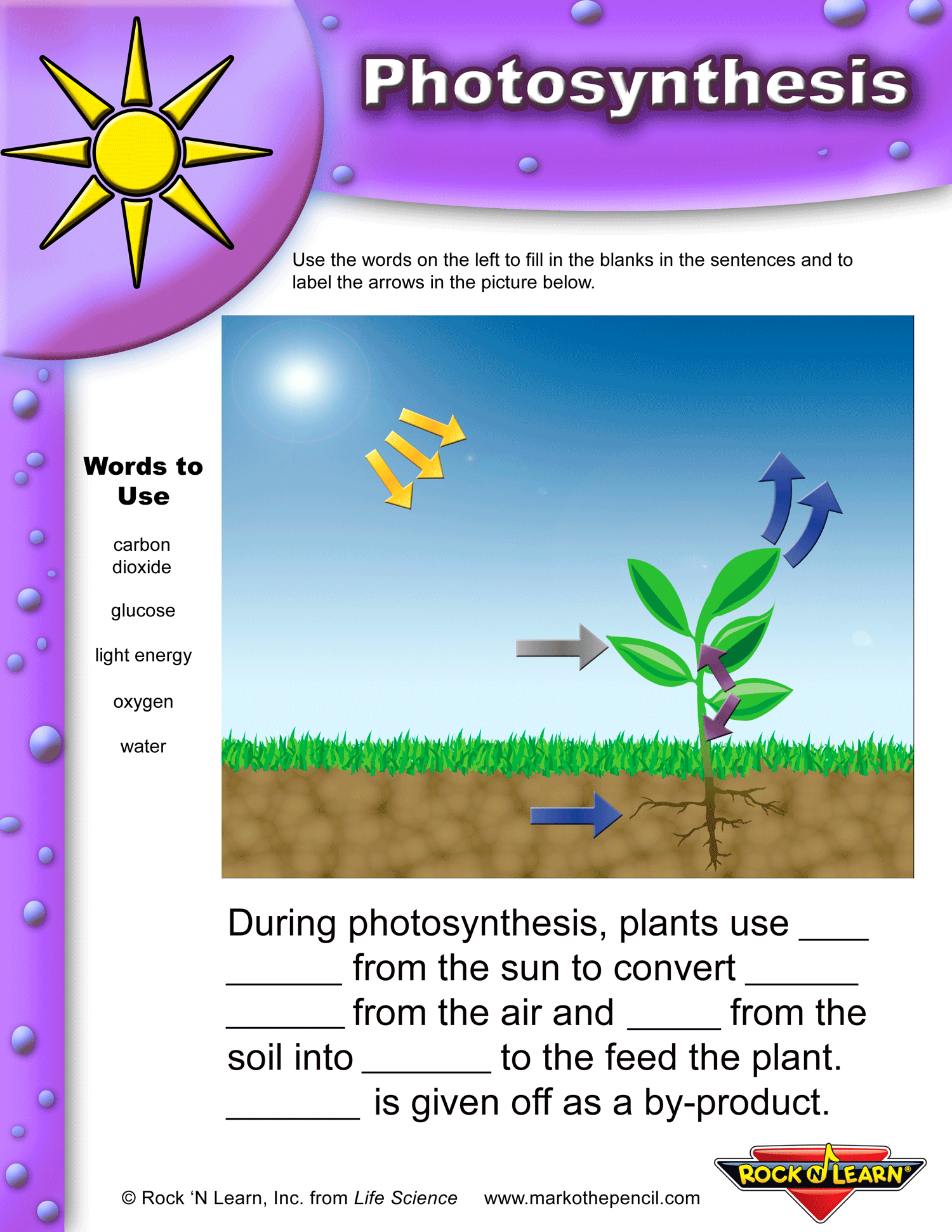Eggselent Ecology Adventure

Your mission, should you choose to accept it, is to take this Ecology Adventure. � In the adventure you will see how ready you are for your Ecology Mid-Term Exam tomorrow.
- 1.
Producers are at the _____________ of the food chain, because they produce their own food.
- A.
Top
- B.
Bottom
- C.
Middle
- D.
All of the above.
- E.
None of the above
Correct Answer
B. Bottom -
- 2.
How does a wolf’s niche benefit its habitat?
- A.
A wolf has pups in a den
- B.
A wolf eats old, sick, or diseased animals
- C.
A wolf stays warm with its fur
- D.
A wolf has sharp teeth
- E.
None of the above
Correct Answer
B. A wolf eats old, sick, or diseased animalsExplanation
What is a niche? Don't confuse it with an adaptation.Rate this question:
-
- 3.
Click and watch the video below then answer this question: Pollinators, such as butterflies or bees, and plants with flowers have a ____________. The Pollinators from Brad Herring on Vimeo.
- A.
Parasitic relationship
- B.
Give and take relationship
- C.
Commensalistic relationship
- D.
Mutualistic relationship
- E.
All of the above
- F.
None above
Correct Answer
D. Mutualistic relationship -
- 4.
Which of the following is an example of niche?
- A.
A hummingbird pollinates flowers by collecting nectar
- B.
A cactus has spines to protect itself
- C.
A burrow that is used by desert tortoise
- D.
A fox hides its food under rocks
- E.
All of the above
Correct Answer
A. A hummingbird pollinates flowers by collecting nectar -
- 5.
In the picture below you can see a cactus wren in its habitat - a nest built inside the protection of a cactus. Which of the following are examples of habitat?
- A.
A bison eats grasses
- B.
A bat pollinates saguaro flowers
- C.
A woodpecker makes its nest inside a saguaro
- D.
A cactus makes flowers
- E.
A burrow that is used by desert tortoise
- F.
All of the above
Correct Answer(s)
C. A woodpecker makes its nest inside a saguaro
E. A burrow that is used by desert tortoiseExplanation
Uh-Oh! There may be more than one correct answer.Rate this question:
-
- 6.
The picture below shows some of the adaptations that an eagle has. Which of the following are examples of adaptations?
- A.
Birds that migrate
- B.
An elephant has a trunk
- C.
A cheetah’s spots
- D.
Camouflage
- E.
Tigers are endangered
- F.
A grizzly bear’s sense of smell
- G.
Hummingbirds eat insects
- H.
All of the above
Correct Answer(s)
A. Birds that migrate
B. An elephant has a trunk
C. A cheetah’s spots
D. Camouflage
F. A grizzly bear’s sense of smellExplanation
Uh-Oh! There may be more than one correct answer.Rate this question:
-
- 7.
Watch the video below as decomposers go to work on a dead rabbit. How do decomposers help their ecosystems?
- A.
Decomposers make things smell better
- B.
Decomposers increase predator success
- C.
Decomposers give producers nutrients to use
- D.
Decomposers give their energy to consumers
- E.
None of the above
Correct Answer
C. Decomposers give producers nutrients to use -
- 8.
Commensalism is when ____________.
- A.
Organism that hides from predators in burrows
- B.
One organism benefits and one is unaffected.
- C.
One organism benefits and one is harmed
- D.
Two organisms benefit
- E.
None of the above
Correct Answer
B. One organism benefits and one is unaffected. -
- 9.
Look at all these rattlesnakes! What is a way that desert rattlesnakes use resources to survive in their niche?
- A.
They have scales patterned so that they blend in with their environment.
- B.
They use the pits between their eyes and nostrils to sense heat.
- C.
They hide under rocks and vegetation to keep cool and stay undetected.
- D.
They inject venom into prey, as well as organisms that threaten them.
- E.
All of the above
Correct Answer
C. They hide under rocks and vegetation to keep cool and stay undetected. -
- 10.
A tropical rainforest is characterized by which of the following?
- A.
A) Lots of rainfall
- B.
B) Constantly warm temperatures
- C.
C) A high number of organisms
- D.
None of the above
Correct Answer(s)
A. A) Lots of rainfall
B. B) Constantly warm temperatures
C. C) A high number of organismsExplanation
Uh-Oh! There may be more than one correct answer.Rate this question:
-
- 11.
Which of the following is a way that birds use resources to survive in their niche?
- A.
They migrate to different areas.
- B.
They lay two to six eggs each year.
- C.
They have lightweight bones.
- D.
They build nests from branches.
- E.
All of the above
Correct Answer
D. They build nests from branches. -
- 12.
Mutualism is ___________.
- A.
Where both organisms are harmed
- B.
None of the above
- C.
Where both organisms benefit.
- D.
One organism benefits and one is harmed
- E.
None
Correct Answer
C. Where both organisms benefit. -
- 13.
What does a producer do that no other organisms can do? You should have two answers for this question.
- 14.
14) Which of the following is an example of a limiting factor in the desert?
- A.
Cactus
- B.
Water
- C.
Time
- D.
Niche
- E.
None of the above
Correct Answer
B. Water -
- 15.
There are ___________ types of symbiosis.
Correct Answer
3 - 16.
How do eagles use natural resources to find prey?
- A.
They spot prey from their perches in trees.
- B.
They fly at high speeds to capture their prey.
- C.
They have the ability to see for long distances.
- D.
They use their wings to strike their prey.
- E.
None of the above
Correct Answer
A. They spot prey from their perches in trees. -
- 17.
Which resources are needed for photosynthesis?
Correct Answer
water, carbon dioxide, sunlightExplanation
There are 3 correct answers for this question. You must include all three to get this right.Rate this question:
- 18.
Which of the following is an example of a limiting factor?
- A.
Water
- B.
Candy
- C.
Food
- D.
Goat-chicken
- E.
Shelter
- F.
None
Correct Answer(s)
A. Water
C. Food
E. ShelterExplanation
Uh-Oh! There may be more than one correct answer.Rate this question:
-
- 19.
This is a photo of a consumer. Which of the following are examples of a consumer?
- A.
Bat
- B.
Trees
- C.
Coyote
- D.
Tiger
- E.
Algae
- F.
Humans
- G.
None
Correct Answer(s)
A. Bat
C. Coyote
D. Tiger
F. HumansExplanation
Uh-Oh! There may be more than one correct answer.Rate this question:
-
- 20.
The following are examples of producers: plant, flower, algae, grass, plankton, tree, bush, cactus
- A.
True
- B.
False
Correct Answer
A. True -
Quiz Review Timeline +
Our quizzes are rigorously reviewed, monitored and continuously updated by our expert board to maintain accuracy, relevance, and timeliness.
-
Current Version
-
Jan 24, 2013Quiz Edited by
ProProfs Editorial Team -
Apr 27, 2011Quiz Created by
Noahmickeycolman
- Aeronautics Quizzes
- Aerospace Quizzes
- Agricultural Science Quizzes
- Astrology Quizzes
- Astronomy Quizzes
- Atom Quizzes
- Biochemistry Quizzes
- Biomechanics Quizzes
- Biostatistics Quizzes
- Biotechnology Quizzes
- Botany Quizzes
- Branches Of Science Quizzes
- Chemistry Quizzes
- Cytology Quizzes
- Easy Science Quizzes
- Electrical Quizzes
- Embryology Quizzes
- Endocrinology Quizzes
- Engineering Quizzes
- Epidemiology Quizzes
- Experiment Quizzes
- Forestry Quizzes
- Fossil Quizzes
- Gas Quizzes
- General Science Quizzes
- Genetics Quizzes
- Histology Quizzes
- Human Biology Quizzes
- Integrated Science Quizzes
- Invention Quizzes
- Library Science Quizzes
- Lighting Quizzes
- Liquid Quizzes
- Marine Biology Quizzes
- Microbiology Quizzes
- Molecular Biology Quizzes
- Nature Quizzes
- Neuroscience Quizzes
- Nuclear Science Quizzes
- Oceanography Quizzes
- Physics Quizzes
- Psychology Quizzes
- Science And Technology Quizzes
- Science Glossary Quizzes
- Science Knowledge Quizzes
- Science Practice Quizzes
- Scientific Method Quizzes
- Scientific Notation Quizzes
- Soil Science Quizzes
- Solar System Quizzes
- Solid Quizzes
- Zoology Quizzes
 Back to top
Back to top













